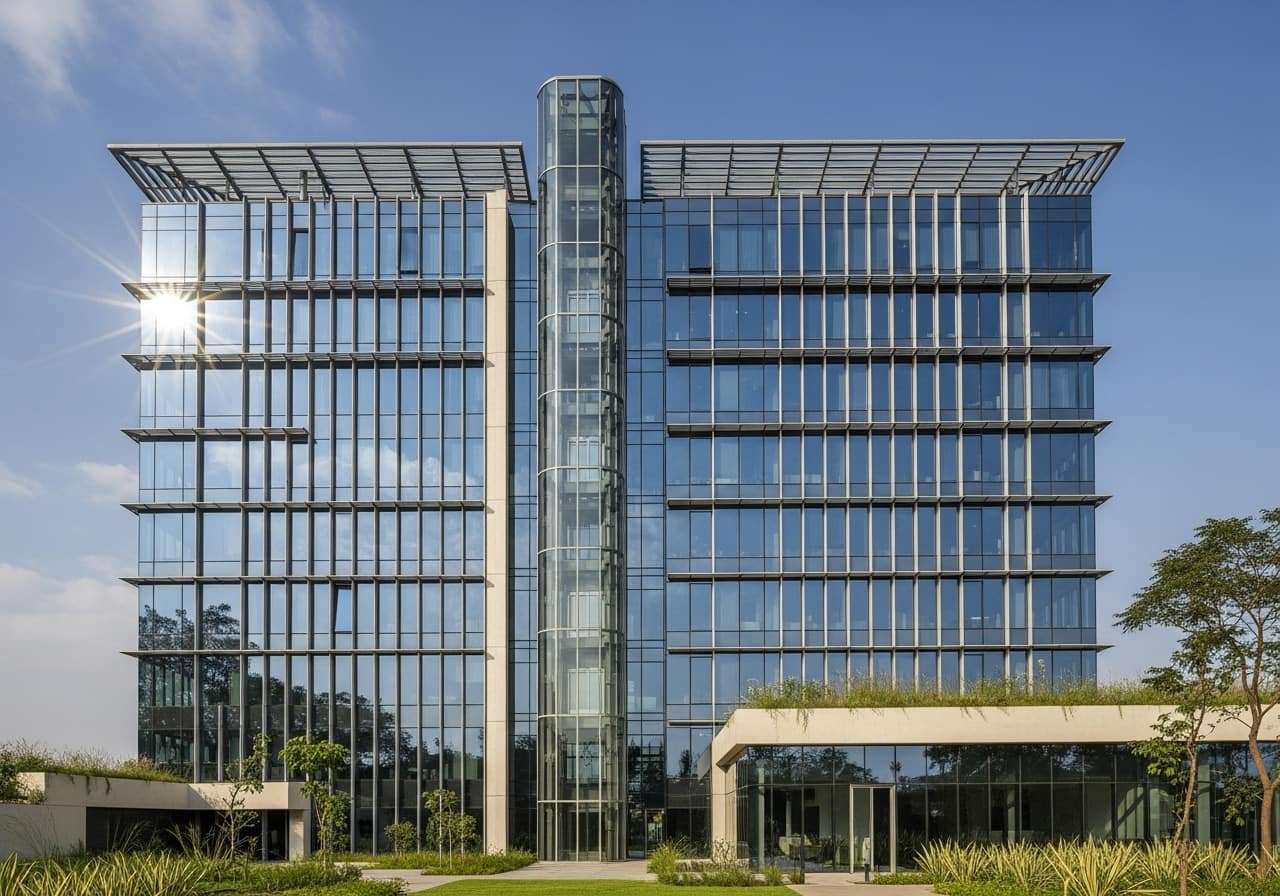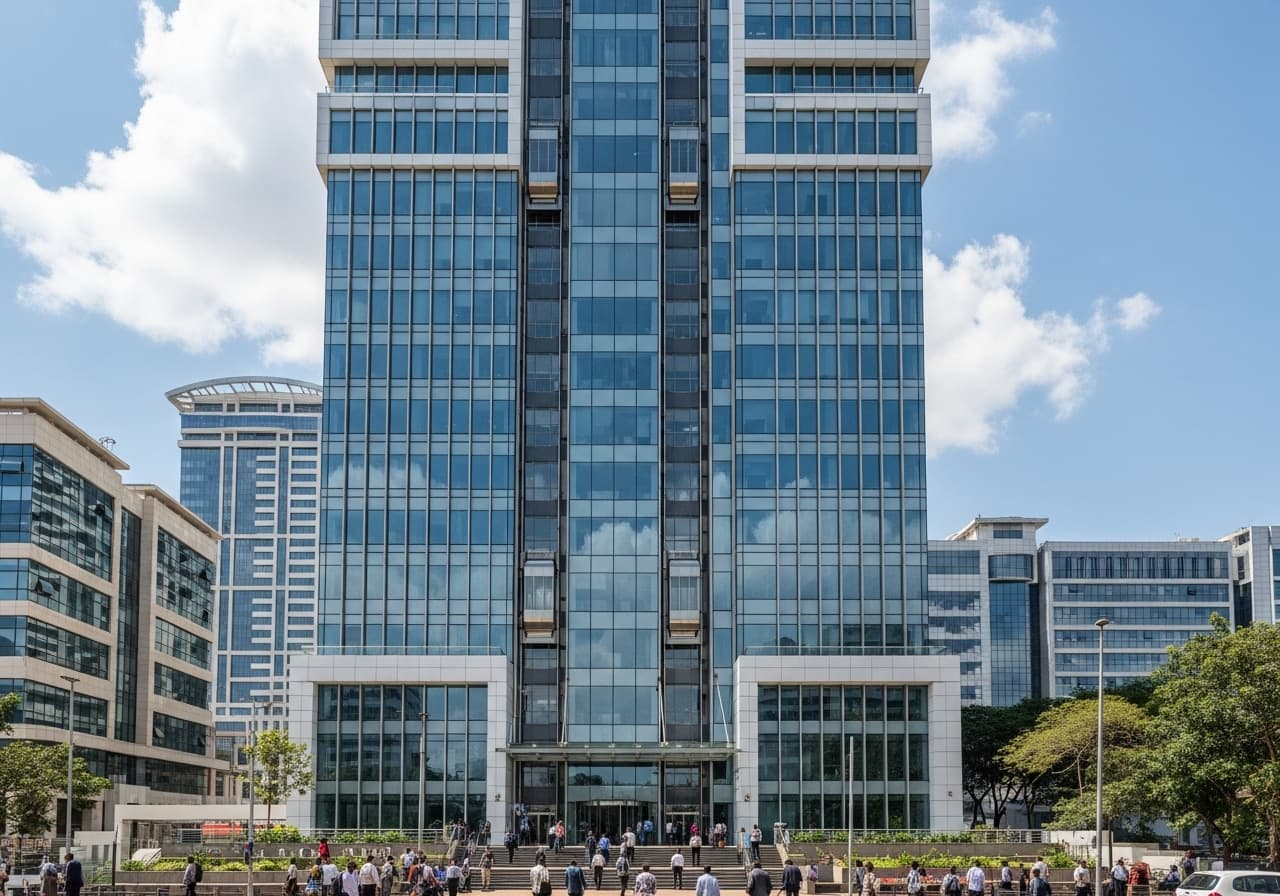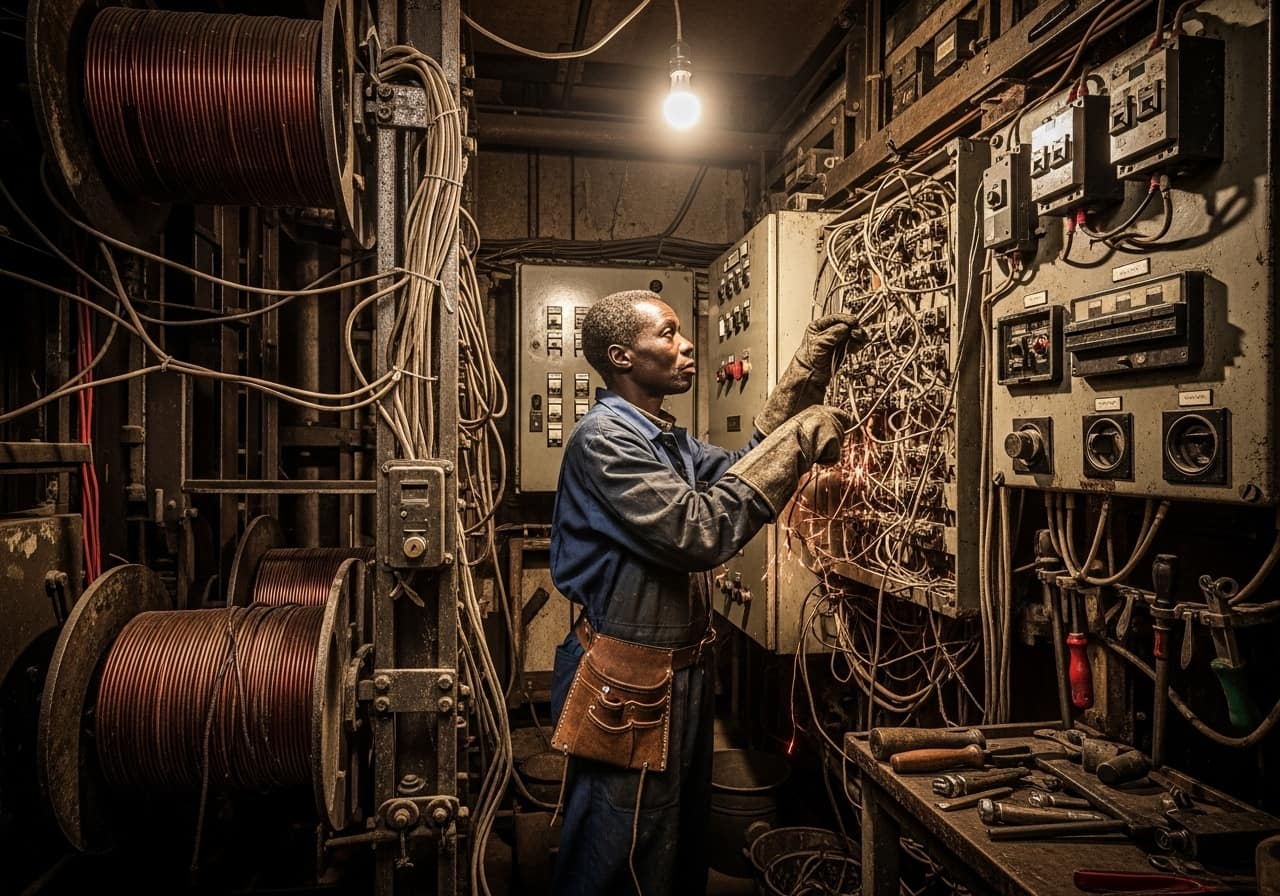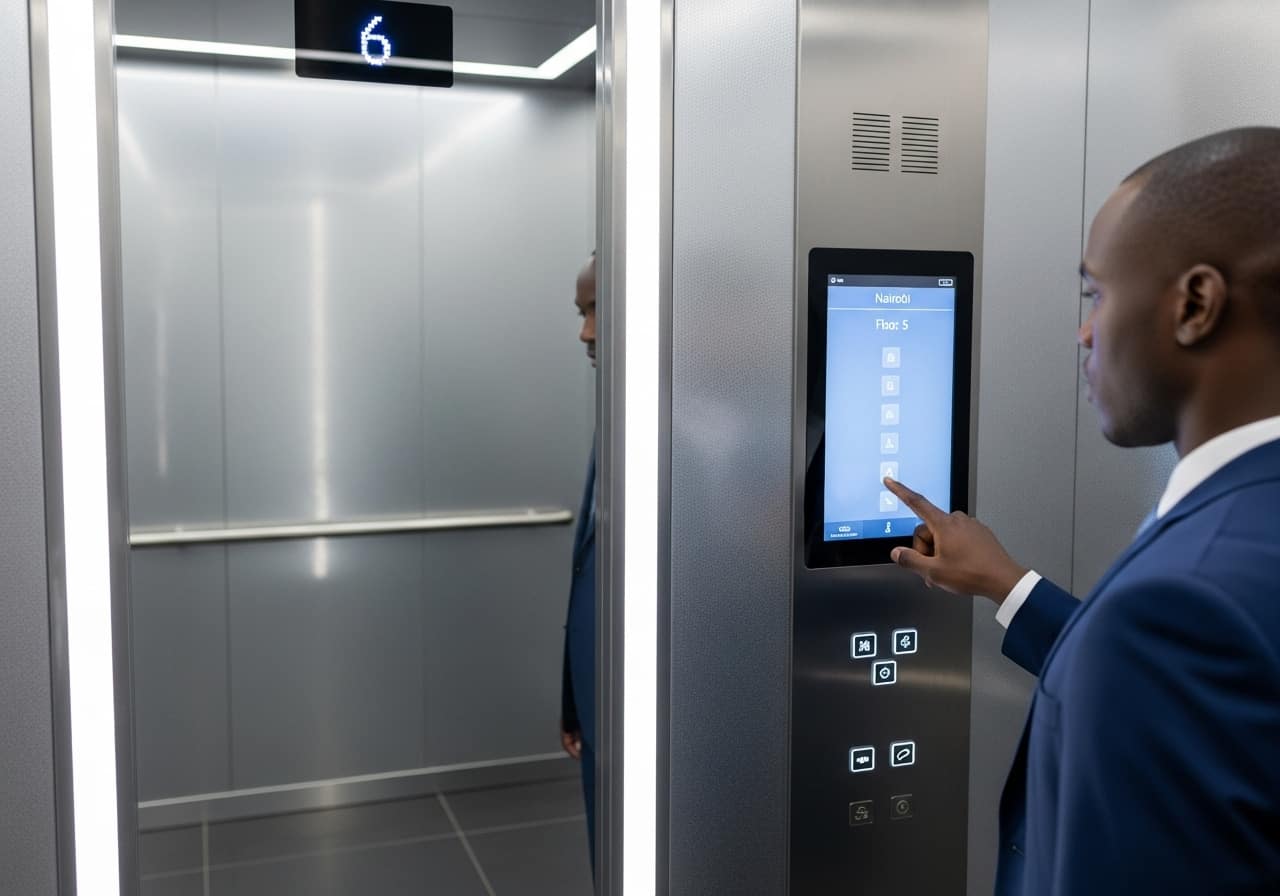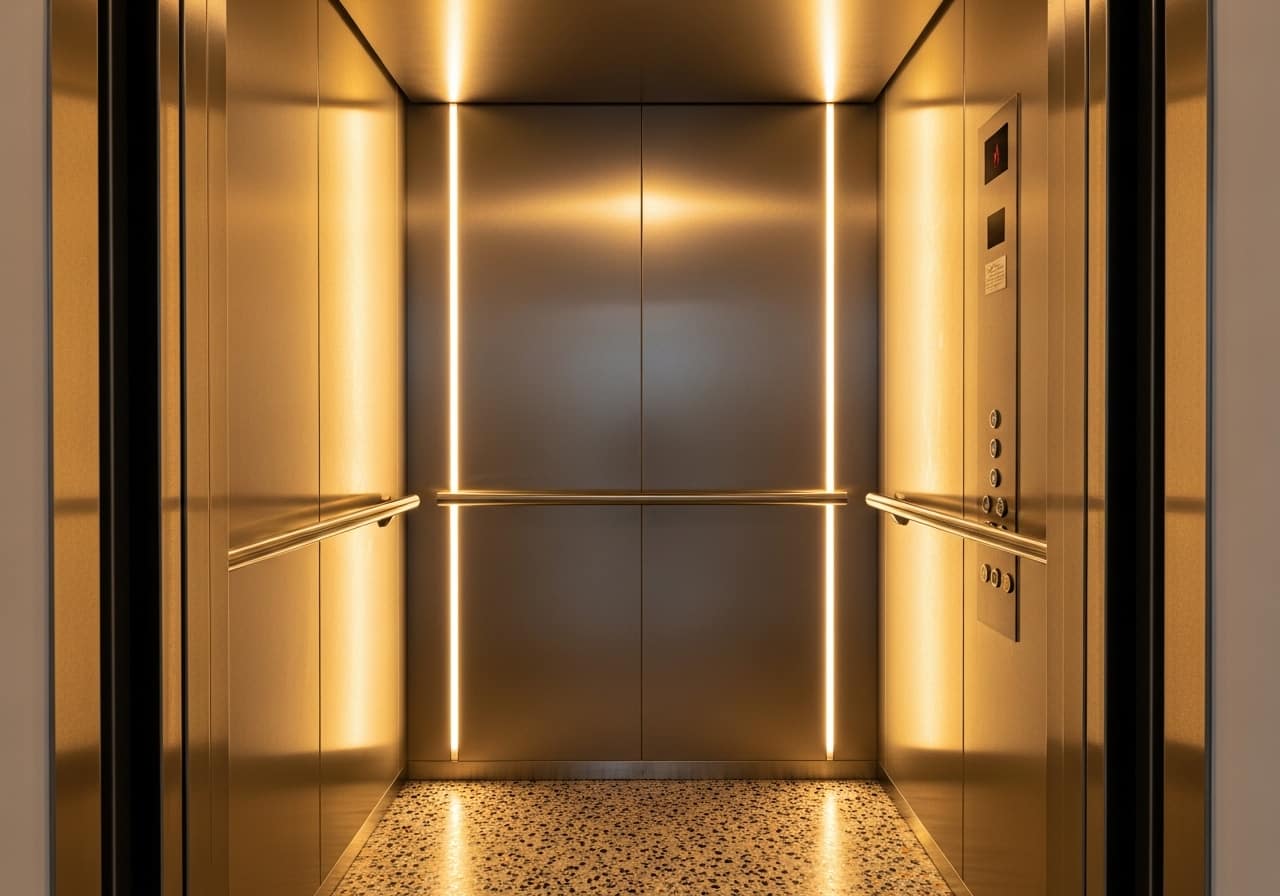The Push Toward Sustainability
Sustainability is no longer optional for modern buildings. Property owners and developers face rising energy costs, stricter regulations, and growing expectations from tenants who value eco-friendly design. Elevators and lift systems, while often overlooked, account for a notable share of a building's total energy use. Making them more efficient is not just good for the environment, it is also smart for reducing long-term operating expenses.

